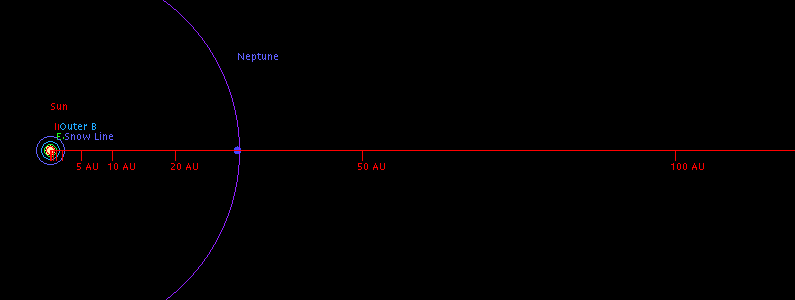

Yes, as one of the five brightest planets, Mercury is visible without a telescope. The brighter and closer the object, the better chances of being able to view them from Earth with unaided eyes. Both distance and brightness are factors to consider for the remainder of the list below. The result is that the Moon is the brightest and largest object visible from Earth. On a given night, the Moon will be the closest object to the Earth that’s visible from the sky. The visibility of the Moon is largely dependent on the phases of Earth’s moon. Given the distance between the Earth and the Moon is an average of 240,000 miles or 385,000 km away from the Earth, the Moon is fairly visible throughout the year. Yes, you can see the moon quite easily without any equipment at all. Can you see the Moon without a telescope? The one caveat is that the planets are difficult to distinguish without a bit of prior training, but good news is you can find that here!įirst and foremost, our preview to the list: the Moon. The following lists explains what planets can be seen without a telescope. And further out into the cosmos, the spacecraft has also glimpsed potentially life-giving carbon compounds in an infant star system more than 1,000 light-years from Earth.Whether you are looking for a quick astronomy lesson or wanting to see planets casually, there are a number of planets that are indeed visible from Earth without any gear at all. The spacecraft also glimpsed a gigantic dust storm in the atmosphere of VHS 1256 b, a "super-Jupiter" exoplanet 40 light-years from Earth.Ĭloser to home, JWST has also detected giant geysers gushing out of Saturn's moon Enceladus, which could contain the chemical ingredients needed for life. The telescope spotted water on the Neptune-size exoplanet GJ 1214b, which is around 40 light-years from Earth, and found that TRAPPIST-1b, the second-closest exoplanet to the star in the TRAPPIST-1 system, likely has no atmosphere at all due to its extreme heat.

JWST has already made some interesting discoveries about exoplanets near Earth. 'Wrinkle in space-time' enables James Webb to capture stunning image of most distant star ever detected James Webb telescope detects the earliest strand in the 'cosmic web' ever seen James Webb telescope reveals the universe may have far fewer active black holes than we thought However, this doesn't guarantee that JWST would be able to detect life on other planets. Only around 20 exoplanets have been officially discovered within a 50-light-year radius of Earth, but based on the number of suspected stars in this region of space, experts predict that there may actually be as many as 4,000 exoplanets within JWST's reach, according to Project EDEN, an international astronomical collaboration dedicated to finding potentially habitable planets close to Earth. But the team believes JWST could possibly detect signs of extraterrestrial life up to 50 light-years from Earth. This suggests the telescope should be able to detect life or alien civilizations on exoplanets within 40 light-years of Earth. The researchers noted that the quality of the altered dataset is roughly equivalent to JWST observations of planets from TRAPPIST-1 - a star system containing seven exoplanets that orbit a red dwarf star around 40 light-years from Earth. Specific biosignatures and technosignatures are highlighted in different colors. This graph shows the raw atmospheric data used in the new study.


 0 kommentar(er)
0 kommentar(er)
